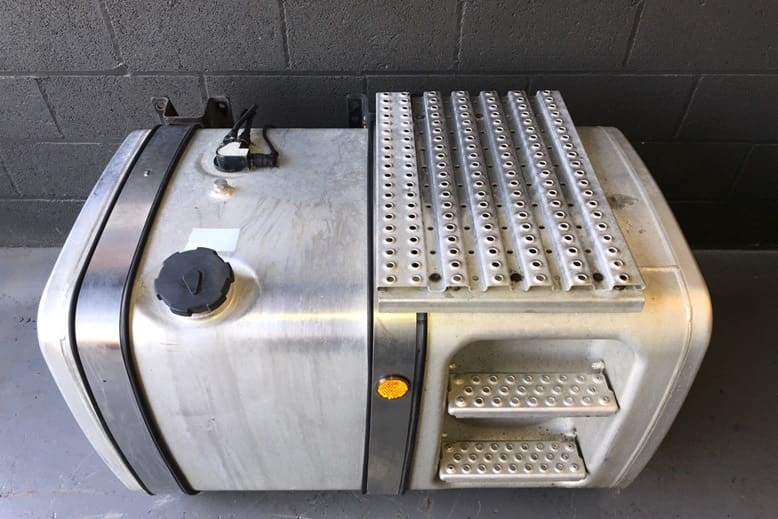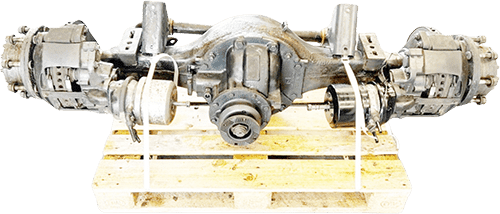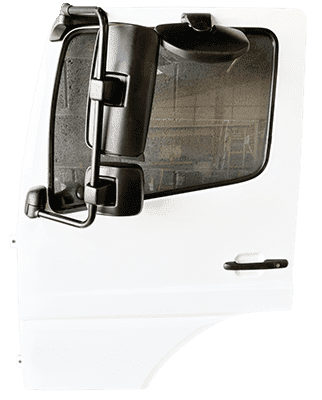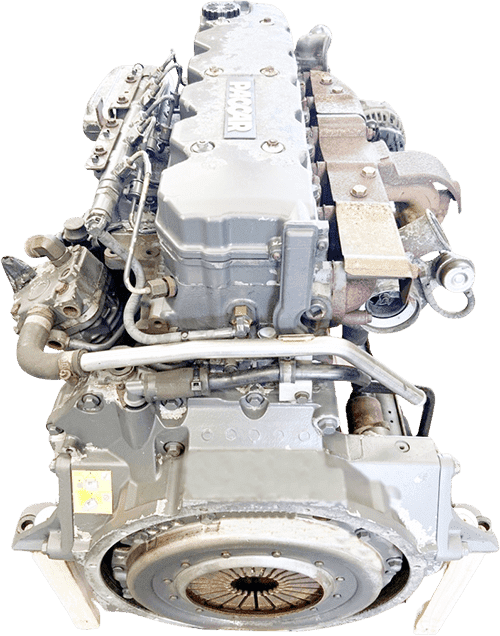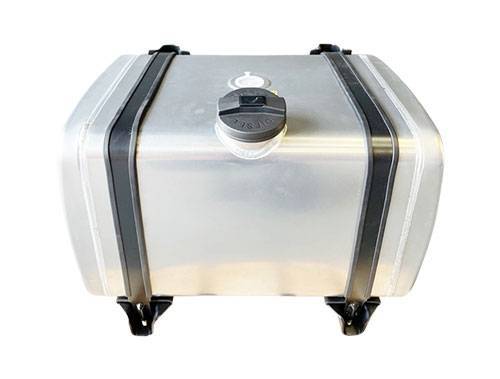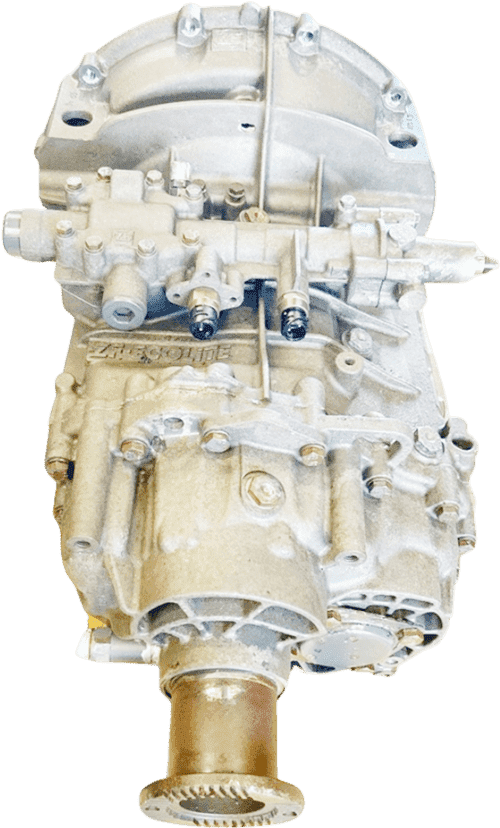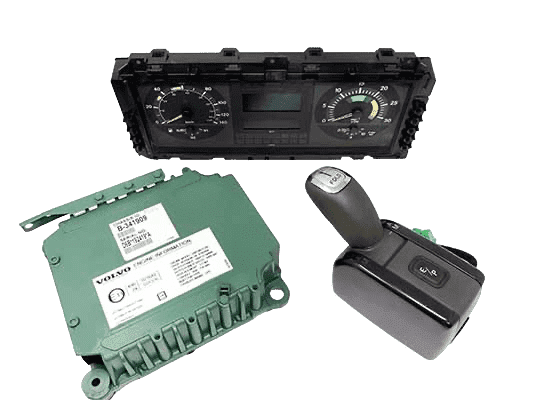Twin-flow axis pumps split hydraulic flow from one inlet into two separate outlets, providing two independent circuits from a single PTO connection.
Getting the specification wrong leads to mismatched flow rates, incorrect rotation, or incompatible mounting — all expensive mistakes that proper planning avoids.
Understanding displacement options
Twin-flow pumps offer either matched or split displacement configurations. The 53-53L model delivers an equal 53 litres per 1000 RPM to both outlets. Split configurations like 56-26L provide different flows — 56 litres on the primary outlet, 26 litres on the secondary.
Your choice depends entirely on what you’re powering. Equal displacement suits applications needing matched speeds. Split displacement works when one function needs more flow than the other. Calculate your actual flow requirements before selecting — there’s no point paying for capacity you won’t use.
Remember that actual flow depends on pump speed. At 1000 RPM, a 53L section delivers 53 litres per minute. Your PTO output speed determines real-world performance, so check your truck’s PTO specifications against pump ratings.
Related products:
- Hydraulic Bent Axis Piston Pump Twin Flow 53-53L Right Rotation
- Hydraulic Bent Axis Piston Pump Twin Flow 56-26L Right Rotation
Critical specifications to verify
Rotation direction matters — these pumps only spin one way. The products shown specify CW (clockwise) rotation viewed from the shaft end. Get this wrong and the pump won’t move oil, no matter how perfectly everything else matches.
The 4-bolt ISO mounting flange standardises the connection but check the 50mm flange diameter matches your PTO mounting face. Some applications might need different flange sizes or adapter plates.
Input shaft configuration uses an 8-spline design on these models. Verify your PTO output matches — older trucks might have different spline counts or keyed shafts requiring adapters.
Pressure and port considerations
These bent-axis pumps handle 400 bar maximum pressure, but running constantly at maximum shortens pump life. Each outlet port needs appropriate pressure relief protection based on your circuit requirements, not the pump’s maximum rating.
Port sizing affects flow capacity. The 3/4″ BSP outlets on these models suit the flow rates involved. Undersized ports create backpressure and heat; oversized connections risk leaks at fittings.
Fixed displacement means these pumps can’t vary their output — they pump the rated volume whenever spinning. This differs from variable displacement pumps that adjust flow on demand. Plan your circuits accordingly.
Physical constraints
At 18kg, these pumps need solid mounting. Check available space between your PTO and chassis components. The compact bent-axis design fits tighter spaces than equivalent gear pump arrangements, but measure clearances carefully.
The maximum shaft speed of 1850 RPM sets the upper limit. Exceed this, and internal components fail rapidly. Most truck PTOs operate well below this threshold, so verify your specific installation.
Making the selection
Start with flow requirements. What volume does each circuit need? Match these to available displacement combinations. Next, confirm rotation direction, mounting pattern, and shaft configuration align with your PTO. Finally, ensure pressure ratings exceed your circuit requirements with appropriate safety margins.
The 53-53L configuration suits applications needing equal flows to similar functions. The 56-26L split serves where one circuit demands higher flow. Both deliver reliable performance when specified correctly for your truck’s hydraulic system.
Additional reading: What is a twin flow-axis pump?








